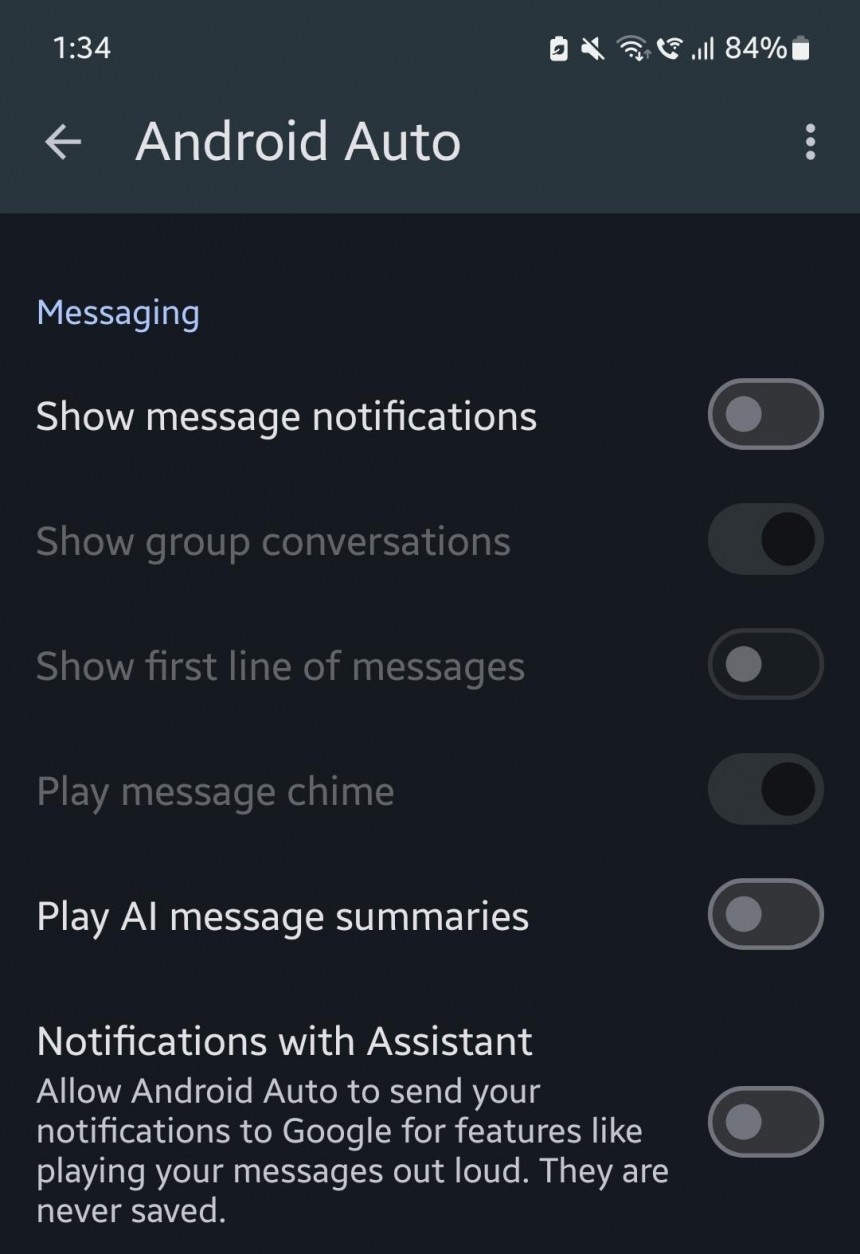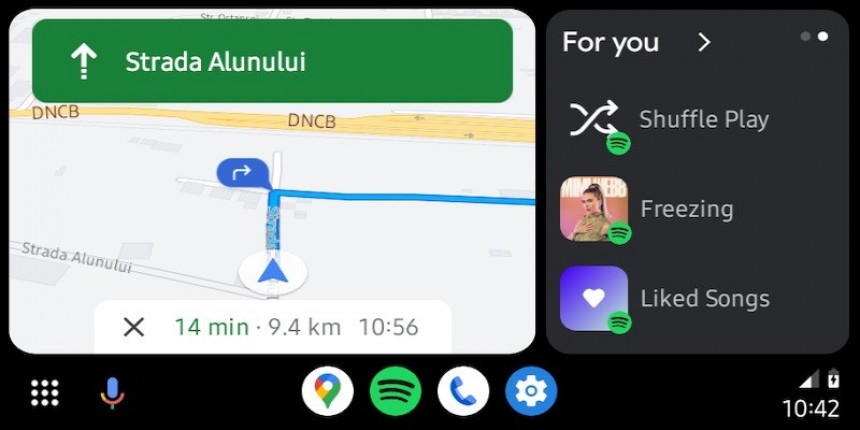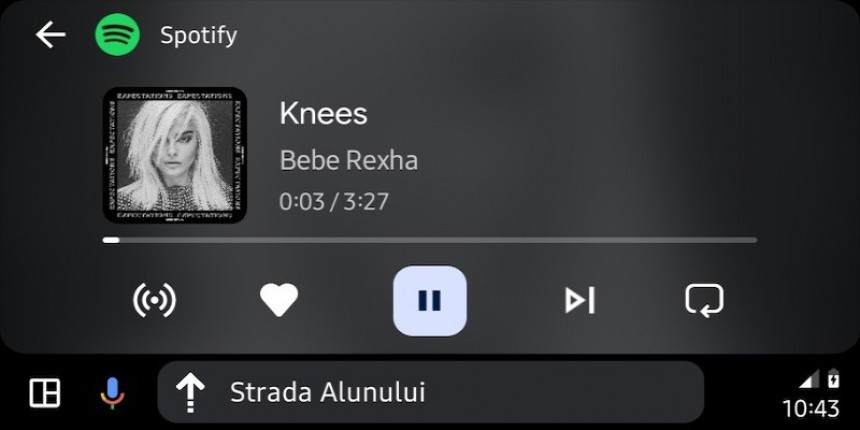Photo: Google/autoevolution modifications
Android Auto can sometimes feel like a work in progress, and while this condition might scare some people away, it’s actually a good thing.
New improvements and enhancements arrive regularly, allowing Google to refine the experience with Android Auto on several fronts.
The latest quiet update concerns how users receive message notifications while driving.
If you’ve been using Android Auto for more than a few hours, you probably know that its main purpose is to allow users to interact with their apps without making driving dangerous. It reduces distractions while driving with voice commands. So you can rely on Google Assistant to listen to music, send messages, make phone calls and configure navigation.
Finally, Android Auto also lets you stay in touch with your contacts and receive notifications while you drive, letting Google Assistant take care of reading and responding to your messages.
The Mountain View-based search giant lets Android Auto users hide message notifications when the app is running on the infotainment screen, even though they still appear in the notification center. A recent update gives users the option to completely turn off message notifications on Android Auto, keeping the driving experience safer and making everything quieter in the cabin.

Photo: Reddit user waailasif3
Android Auto version 11.8 allows a new option (although availability will gradually improve with a server-side rollout) to turn off notifications with Google Assistant, essentially allowing users to permanently block all message notifications. Google explains in the feature description that notifications will no longer be submitted to Google “for features like reading your messages aloud.” Additionally, the search giant adds that “notifications are never saved,” so they are completely blocked.
The option to turn off message notifications was introduced almost two years ago, but this new, gradually rolling out setting completes the package, allowing users to focus on the road while driving.
Google hasn’t released an announcement about the new feature, but given that it’s now rolling out in stages, the company may discuss it in the coming weeks once everyone figures it out.
Google has already teased some Android Auto announcements during I/O, its developer event which will take place in mid-May, and this new setting could be part of the news.

Photo: Bogdan Popa/autoevolution
Meanwhile, Android Auto continues to refine itself, and this strategy is part of Google’s commitment to improving the in-car experience.
The battle in the auto sector is becoming increasingly fierce between tech companies, especially as Apple catches up and delivers long-awaited updates to Apple Maps. The last major release of iOS included support for offline maps in Apple Maps, allowing users to navigate without an Internet connection. The next major release scheduled for fall will include support for custom routes in the style of Google Maps, so users can set up routes on their PC and send them to the car via an Apple ID.
The battle between Android Auto and CarPlay is also getting more intense.
Apple will soon unveil next-generation CarPlay, which will debut on Aston Martin and Porsche cars in 2024. The company offered a teaser of the new experience in 2022 and promised to release the first vehicle announcements by the end of 2023. While two automakers have confirmed the adoption of CarPlay 2.0, information remains very scarce, as Apple is reportedly working directly with automakers to integrate the new experience.

Photo: Bogdan Popa/autoevolution
The new CarPlay version will only be available in new cars and will continue to be powered by an iPhone. Apple considered turning CarPlay into a competing operating system to Android Automotive, but the company ultimately recognized that keeping the current approach, which relies on an iPhone to power the experience, was the best option. Users are already familiar with how CarPlay works, and not upgrading to a standalone OS makes the iPhone an essential part of the entire experience.
Google is also trying to improve consistency between Android and Android Auto. Earlier this year, the search giant announced new features to sync Android icons and wallpapers with Android Auto. With these settings, Android Auto users enjoy a new look in the car, including the original icons on their mobile phones and wallpapers on the home screen. The feature currently supports Samsung devices exclusively, although I’ve also seen evidence that the company has started enabling it for other Android OEMs, including Xiaomi.
Android Automotive also gets new features through Google Maps, allowing the navigation app to automatically search for nearby stations when the battery level drops below a certain threshold. Google Maps can suggest nearby charging stops, helping to address range anxiety and prevent vehicles from running out of battery. Google is also relying more on AI integration, and in addition to message summaries, already available on Android Auto, the company will use artificial intelligence to generate additional instructions for drivers looking for a charging station specific. The information will be extracted from user reviews on Google.



